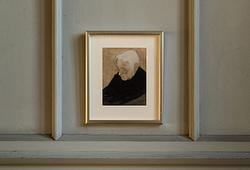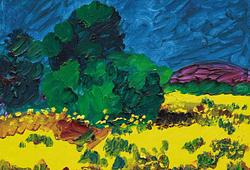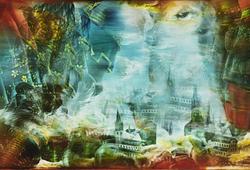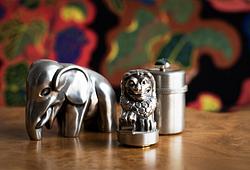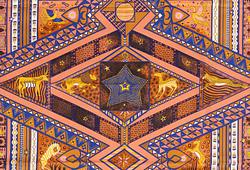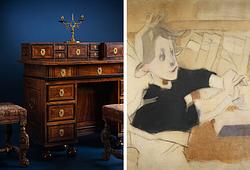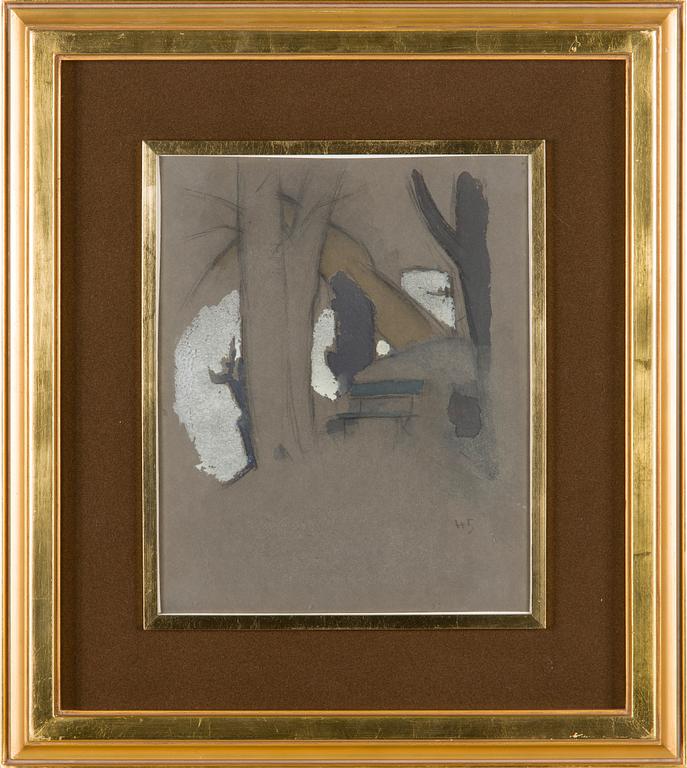Helene Schjerfbeck
Helene Schjerfbeck, "The Shadow on the Wall".
Signed HS. Executed circa 1927. Gouache and watercolour on paper, 33x27.5 cm.
Wear due to age and use.
Provenance
Stenman's collection; current owner.
Exhibitions
"Helene Schjerfbeck", Stenmans Konstsalong, Stockholm 1954, no. 40.
Literature
H. Ahtela, "Helena Schjerfbeck", Helsinki, 1953, no. 645.
More information
Shadow on the Wall, painted in Brittany at Pont-Aven in 1883, was a painting that Helene Schjerfbeck held in high esteem, feeling that she had found in it a modern new vision. The subject inspired her to orchestrate several reinterpretations of the theme.
According to Einar Reuter (alias H. Ahtela), six reinterpretations of the subject were later painted between 1927 and 1933, all recognisably different, the largest being a painting from the collection of Ester and Jalo Sihtola, also called "The Green Bench". Three of the reinterpretations were executed in watercolours, this one being the most abstract.
The viewer's attention is first drawn to the four white gouache spots or blotches of varying sizes in the painting. They dominate the rhythm and create tension in the composition, counterbalanced by tree trunks, shadows and a bench. The composition seems to float on the surface in a Japanese way. This impression is also reinforced by the unpainted, open edges. The white cloudlike spots also highlight the tree trunks and subtle blue-grey shadows, while the small circular spot marks the human, almost imperceptible central element of the painting, the bench. All embody Helene Schjerfbeck's characteristic control of pictorial space and creation of a poetic atmosphere.
Leena Ahtola-Moorhouse




